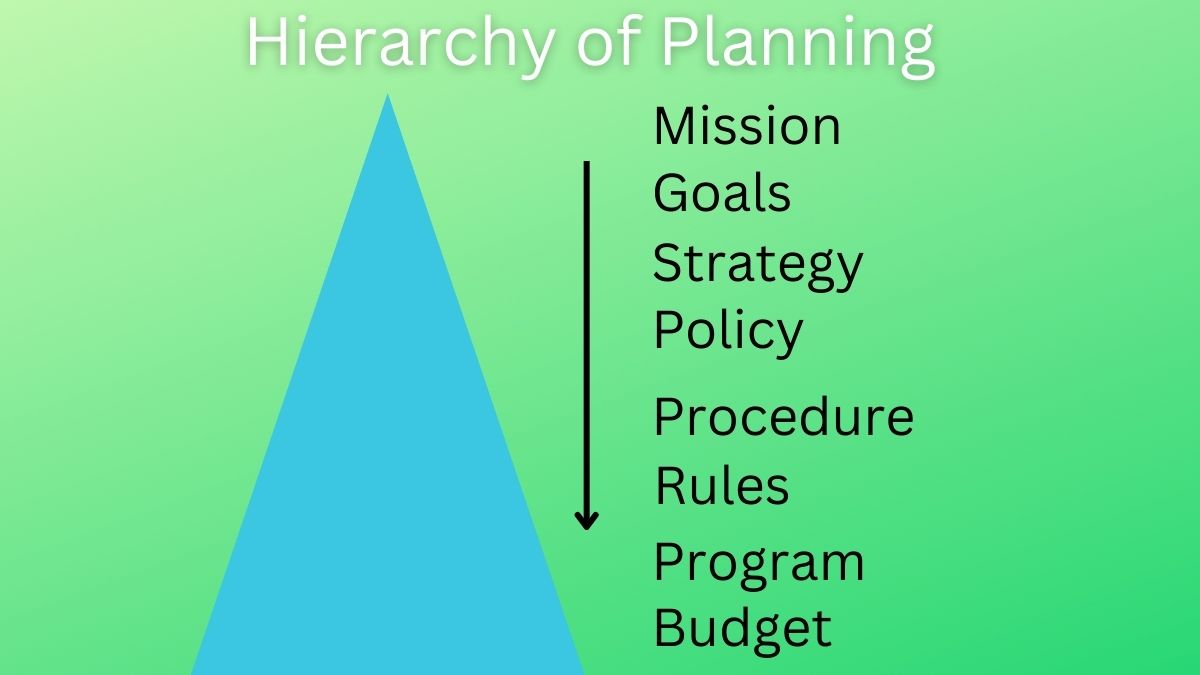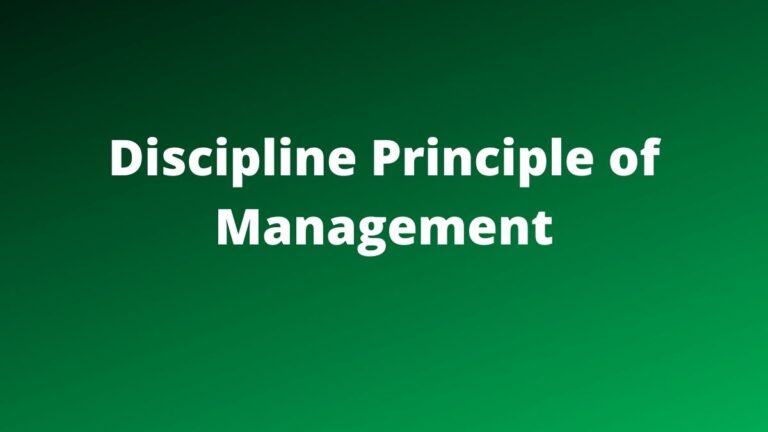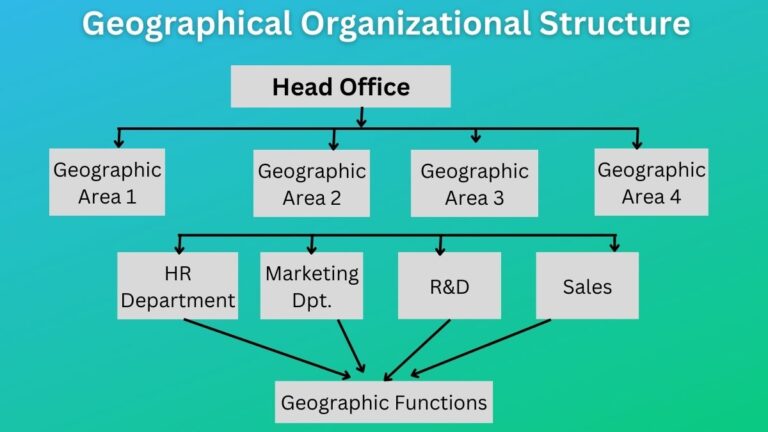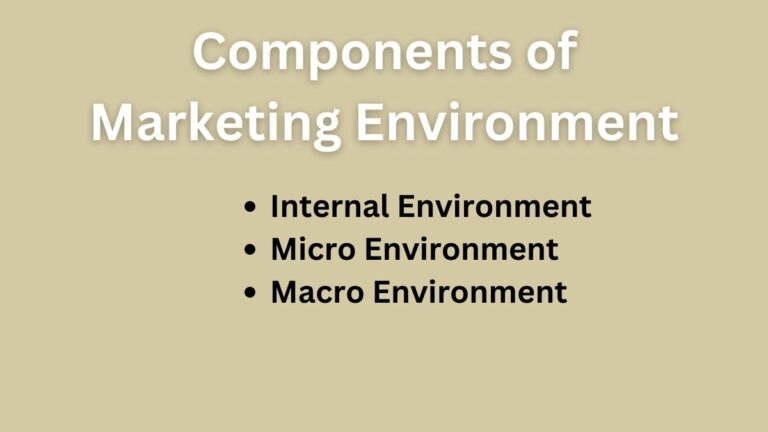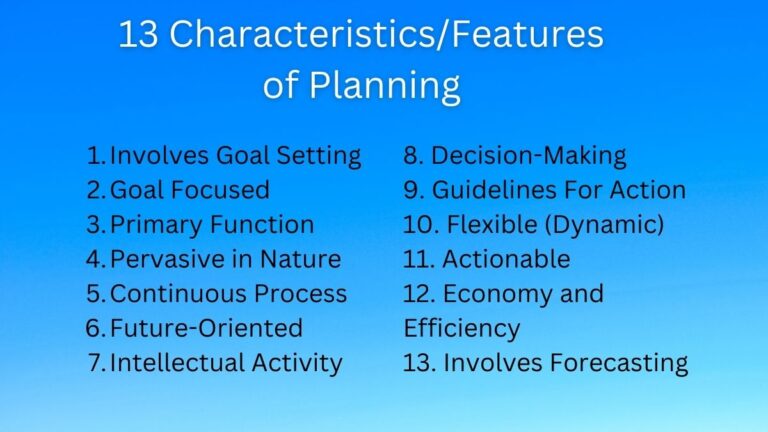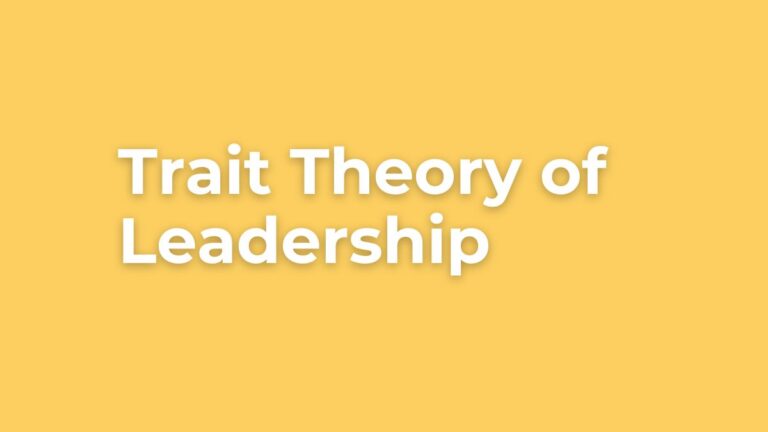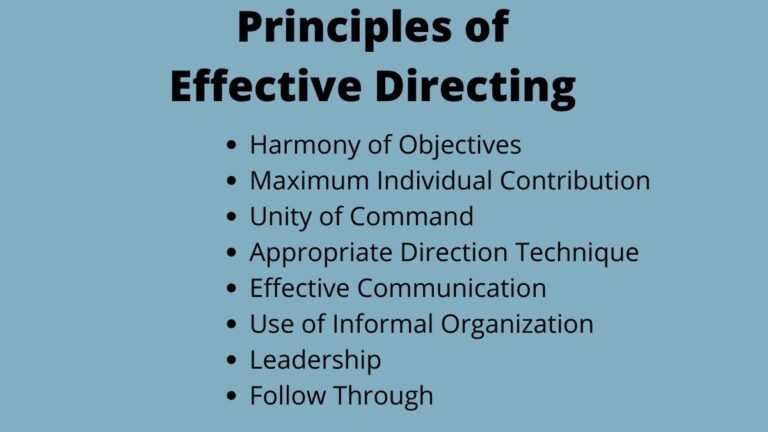8 Components in Hierarchy of Planning [Explained]
Hierarchy of Planning
Planning hierarchy means the arrangement of plans based on their scope in the organizational success. Just like the managerial hierarchy, in the hierarchy of planning the higher-level plans are also at the top and lower-level plans are at the bottom.
As panning is a pervasive function all levels of managers have to make plans in which top managers make long-term plans which are the basis of organizational success whereas subordinate levels make short-term and medium-term plans. The plans also walk from top to bottom and bottom to top making a hierarchal structure.
Let’s understand the components of planning hierarchy in which mission, goals, strategies, and policies are higher-level plans whereas procedures, rules, programs, and budget are lower-level plans.
Mission
The mission is the most important plan among all other types of plans in this hierarchy. It is the statement that states the viable reason why and how the organization has been existing.
It deals with the question of what we have to do to get the future (which is outlined in the vision statement). It states the products the company aims to serve customers and the community.
Top-level managers prepare the mission clarifying the objectives and scope of the organization. Being consistent with the mission all other plans such as goals, strategies, budget, procedures, rules, etc. are prepared.
Goals/Objectives
Goals are the desired outcome an organization aims to achieve. Goals or objectives provide direction to all other activities of the organization and every organizational activity is directed toward the attainment of such objectives.
The goals can be short-term, long-term, and medium-term based on the time required to achieve and scopes. Missions are the basis of goals as such prepared goals need to be consistent with the mission.
Strategy
Strategies are comprehensive master plans that clearly outline how to achieve the organizational mission and goals. It outlines the board objectives of the organization and decides the necessary resources required to achieve those in the most efficient way.
The method of accomplishing long-term goals and objectives that makes the best use of available resources and seeks to create a lasting competitive advantage is known as strategy. This is a long-term or likely course of action that necessitates major organizational resources as well as decisions from top management.
Policy
The policy is the general guideline that assists employees as to choose what decisions to make and what decisions not to ensure consistency with the organizational goals. The policy can be thought of as a broad set of rules for making decisions that will help you accomplish your goals.
Managers have to set policies following which every organizational member has to make decisions. Policies should guide the actions of employees and ensure the achievement of the organization’s mission, goals, and strategies.
Related: What is Organizational Goals?
Procedure
The procedure is the set of steps that explains how the particular task is to be performed. Procedures give guidance to employees to perform the particular task most effectively and efficiently.
Policies are also called standing operating procedures (SOP), which give a step-by-step process to effectively execute routine tasks in the workplace. The procedure helps employees to decide what to do and how to do it and improves the quality of work done by employees.
Rules
Rules are more specific and strict than procedures. The set rules everyone has to follow in the organization. The rule may be not smoking in the workplace thus everyone has to abide by this and if anyone else ignores it might face serious punishments.
Rules are part of the law that are impersonal which every firm’s members have to abide by. Rules bring smoothness to the organization. They must be suitable to achieve predetermined organizational objectives.
Program
A program is a type of single-use plan – which is done to achieve a particular objective and once achieved the life of the program ends. Thus, a program is a group of resources used by an organization that is designed to achieve a single key goal or set of goals.
Budget
A budget is simply a financial plan that includes the estimation of future expenditures that may require to achieve certain objectives or goals of organizations. Budgets are prepared to allocate organizational resources toward different activities.
Budgeting helps managers to identify the money required for each objective to be achieved and ensure effective measurement of actual performance with the standard ones.
Hence… in conclusion… the budget is at the bottom and the mission at the top in the hierarchy of planning. And, all the subordinate plans in the hierarchy are prepared to effectively and efficiently achieve the outlined mission and goals.
Read Next: The Principles of Planning
Sajan Kushmi is a content writer with more than 4 years of experience. He holds BIM Degree. He write on the topics related to Management, Marketing, and Entrepreneurship.
